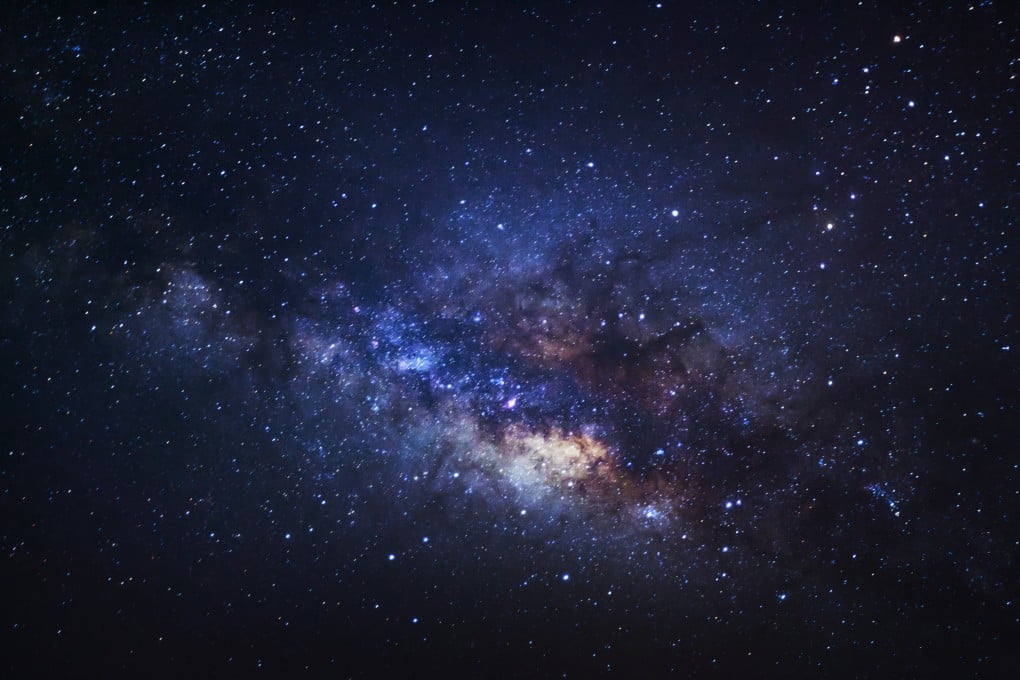Advertisement
Chinese satellite set to join ‘radio telescope’ covering area 30 times the size of Earth
- Orbiting lunar satellite will join observatories on Earth in a giant network of antennas to form the Space Very Long Baseline Interferometry
- It will be the largest facility ever created for astronomical observation, researchers say – but satellite’s hydrogen clock and frequency range pose challenges
Reading Time:3 minutes
Why you can trust SCMP
3

China will soon have a lunar observatory that will form part of a radio telescope covering an area 30 times the size of the Earth, according to scientists involved in the project.
The unprecedented infrastructure, which they said could be ready in about two years, will be built in two stages. First, a communication relay satellite for China’s Chang’e 7 mission will be launched and turned into an orbiting lunar observatory.
A number of observatories on Earth will then join the lunar outpost in forming a giant network of antennas – technically equivalent to a radio telescope nearly 400,000km (250,000 miles) wide.
Advertisement
For comparison, the world’s largest single-dish telescope is China’s Five-hundred-metre Aperture Spherical radio Telescope (FAST).
The Space Very Long Baseline Interferometry, expected to be launched before 2025, will be the largest facility ever created for astronomical observation, according to the researchers.
Advertisement
Advertisement
Select Voice
Choose your listening speed
Get through articles 2x faster
1.25x
250 WPM
Slow
Average
Fast
1.25x
